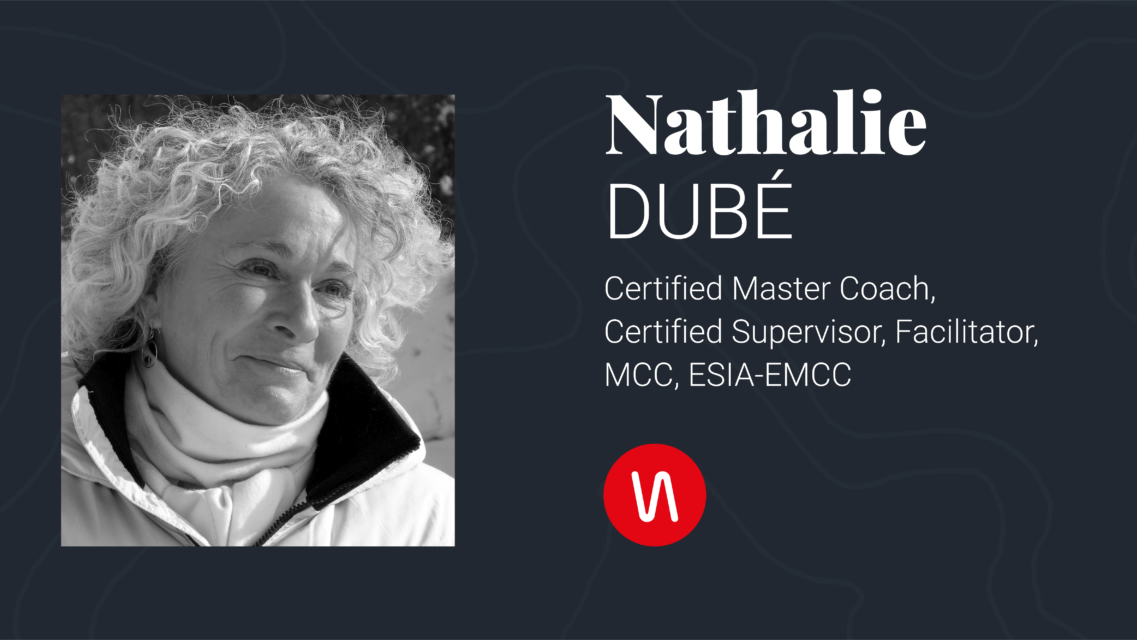This article is an adaptation of “6 ways to Reenergize a Depleted Team” by Ron Carucci and Kathleen Hogan. We also added a few tips.
“Everyone on my team seems tired…all the time. I ask them how they’re doing, and they tell me ‘fine.’ If someone asks for time off, I say yes. They get the work done, but it seems like they’re in a fog. I don’t know what to do.” Does this sound like what you’re currently going through as a manager or team member?
The last two years of volatility saw increased employee turnover, supply chain disruptions, changing workforce expectations about flexibility, and exhausting demands on time and labour.
According to Gallup, seven in 10 people globally report they’re experiencing distress, are exhausted or feel isolated. 53% of respondents—particularly parents (55%) and women (56%)—say they’re more likely to prioritize their health and well-being over work than before. What we’ve learned during this tumultuous period is that people want to keep working—just not at the expense of their overall health and happiness. People don’t work so much for the future now, but rather for the present.
If your team isn’t displaying the vibrant energy you believe them to inherently possess (or that they once had), here are some renewable energy sources you can tap into to help get that vibe where everything seems possible.
1. Initiate purpose-driven career conversations.
The last two years have unleashed a hunger for deeper meaning from our work. People want to know they’re on a path of growth and opportunity for greater impact. They want to talk about their careers but aren’t always comfortable initiating that dialogue.
Leaders can show they care by starting or prompting those conversations and making them routine. This legitimizes people’s desire to talk about their future aspirations while removing any awkwardness. These conversations should also include caring feedback on work areas to improve so that people are ready for opportunities when they arise.
Leaders should also be on the lookout for especially talented (high-potential) people getting bored. For them, your greatest support might be helping them find a more challenging role within the organization, and it could keep you from losing them to an external opportunity.
2. Create team rituals that foster mutual care and belonging.
Team members should be able to talk freely about family difficulties, health needs, and other general concerns. This also makes it safe for people to ask for help when needed and make plans for covering for each other when someone needs to step away from work.
Routinely open team meetings with a variety of check-in rituals. For example, asking people to share something they’re grateful for that day or one word that describes how they’re feeling. The idea is that, over time, the team becomes a place of refuge where you go to get reenergized and restored. Use yourself as an example to encourage buy-in.
3. Help build a portfolio of diverse relationships.
Remote work has narrowed people’s exposure to their immediate peers, weakening ties to cross-functional relationships by as much as 25%. This can increase isolation and monotony, two energy-depleting experiences.
Some companies have started a program called “walk in their shoes,” consisting of weekly peer-mentoring sessions between people in adjacent functions (other teams, divisions, departments, positions, etc.). Participants said they didn’t foresee how much people would learn in the process and its positive effects—in certain cases, it helped people gain more empathy for certain colleagues through a better understanding of what they did and the pressure they were under. In other cases, the program changed how people performed their own jobs and opened lateral career paths they hadn’t considered.
4. Model “Being okay with not being okay.”
Openly discuss how you’ve dealt with work stress or even other challenges like anxiety or burnout. Acknowledging your humanity by being vulnerable about your own well-being makes it safe for others to admit when they’re struggling, rather than feeling the need to feign a posture of false positivity. If you’ve found your company’s wellness benefits helpful, share how they’ve helped you and encourage team members to take advantage of them. Your example of practicing self-care signals its importance to your team, empowering them to follow suit.
5. Swap productivity paranoia for helpful prioritization.
Because leaders lack the visual cues they once enjoyed in an in-person workplace, 85% of leaders say that the shift to hybrid work has made it challenging to have confidence in their teams. Are their employees being productive? This can result in “productivity paranoia” or falling into the micro-management trap. We’re in the realm of perception here since the actual data tells us the opposite. 87% of employees report being very productive, as evidenced by a colossal increase in meetings (153%), the volume of multitasking, and the expansion of work hours overall, not to mention data from the past few months on overall productivity from other companies.
More than just reordering the to-do list you overloaded as a result of worrying whether people were doing enough, you have to eliminate non-value-added activities and connect each person’s work to the organization’s most important priorities. That’s why it’s important to have discussions and training on work organization and managing priorities and time.
6. Watch for signs of flourishing and intervene when it’s waning.
What kinds of questions do people ask in your team meetings? Are they curious, asking with an intent to learn? Are they cynical? Do they have complaints? How are people talking about their challenges? With a sense of empowerment and agency or with a sense of resentment and futility?
We can use Microsoft’s tool as an example: Ensuring our employees are thriving! Premise: Fulfilled employees meet their needs for empowerment, energy and meaningful work and become more engaged, productive and happy.
Be on the lookout and make sure you are helping, supporting and encouraging your employees meet their needs. Be aware of early warning signs and if you spot them, intervene promptly. If someone is dealing with personal stress, they can choose whether or not to share and what to share with you. If they’re overwhelmed with workload demands, offer help as a clear expression of confidence in them, not as a loss of confidence.
The data has shown that today’s volatile, ever-shifting workplaces have the capacity to de-energize employees. Embrace the role you play in keeping your team’s energy replenished and prioritize creating a team environment that keeps energy reserves high.
NOVACONCEPT’S TEAM
Novaconcept has all the tools and resources to help companies and managers make the best possible transition to hybrid work mode and find the balance they need to maintain and surpass effectiveness, efficiency, energy and well-being at work…
Come and meet us!
This site is protected by reCAPTCHA and the Google Privacy Policy and the the Terms of Services apply.








